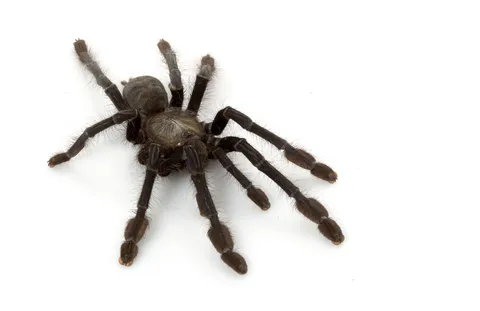Top 5 Spots to Find Tarantulas in Singapore
Singapore, despite its urban landscape, is home to diverse wildlife, including fascinating arachnids like tarantulas. These large, hairy spiders are a sight to behold, and for those keen on observing them, several spots across the island offer promising opportunities. This guide will help you discover the top 5 locations where you might spot these amazing creatures in their natural habitats. Remember to always observe wildlife responsibly and to respect their environment.
Bukit Timah Nature Reserve
Bukit Timah Nature Reserve is one of Singapore’s oldest reserves and a haven for biodiversity. The dense, primary rainforest environment provides an ideal habitat for various invertebrates, including tarantulas. The reserve’s well-maintained trails and diverse flora and fauna make it an excellent location for nature enthusiasts. Due to the reserve’s rich ecosystem, the chance to find tarantulas is high.
Habitat and Tarantula Species
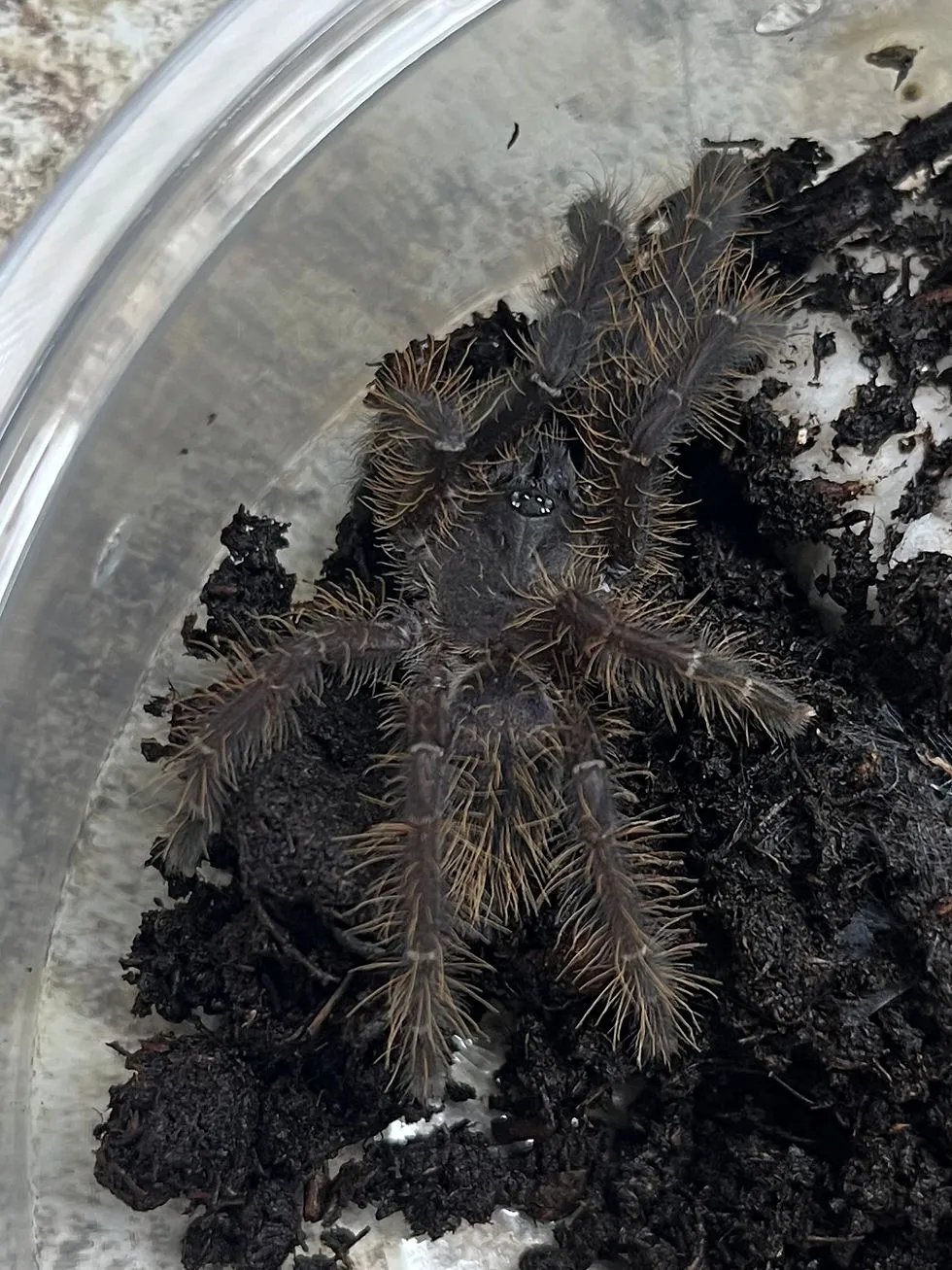
Tarantulas in Bukit Timah typically prefer undisturbed areas with leaf litter and soil, where they can create their burrows. The species you might encounter will vary, but they often include ground-dwelling species that thrive in the humid conditions of the rainforest. Observing the forest floor and the base of trees can be fruitful. The reserve’s dense foliage offers excellent protection for the spiders from the harsh sun and predators.
Tips for Spotting Tarantulas in Bukit Timah
When exploring Bukit Timah, be observant and patient. Look for burrows in the soil or under fallen logs. Walking quietly helps avoid startling any potential tarantulas. Late afternoon or early evening is often a good time to observe them, as they may be more active. Consider bringing a flashlight to help you spot the spiders in low-light conditions. Always keep a safe distance and avoid disturbing their habitat. (Image: bukit-timah-tarantula.webp)
Central Catchment Nature Reserve
The Central Catchment Nature Reserve, Singapore’s largest nature reserve, offers another prime location for tarantula sightings. Its extensive network of trails and diverse habitats, including secondary forests and freshwater swamps, create opportunities for spotting various wildlife species. The large size of the reserve means that different microhabitats exist, some of which are ideal for tarantulas to thrive.
Why This Area is Promising
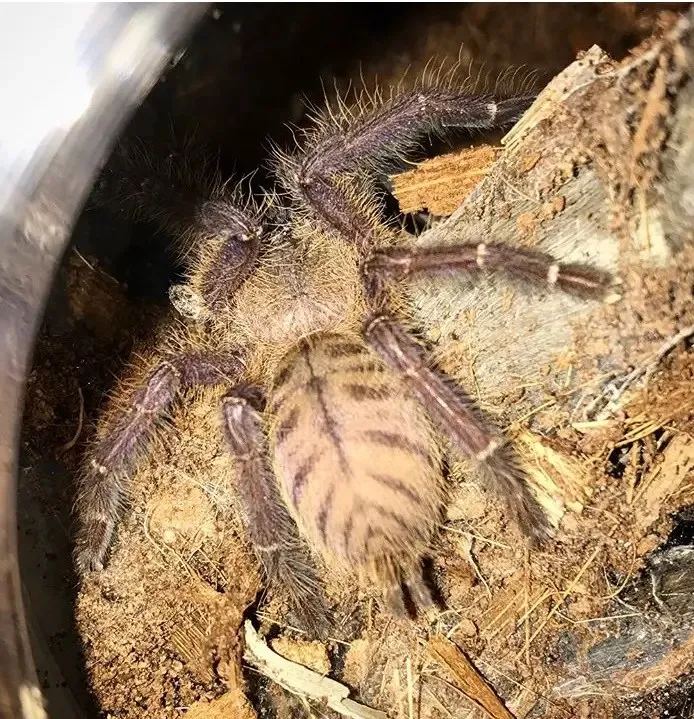
The varied terrain and vegetation in Central Catchment Nature Reserve provide numerous niches for tarantulas. The undisturbed forest areas offer protection from environmental changes, which is essential for their survival. Additionally, the rich biodiversity of the reserve means a plentiful supply of prey, such as insects and smaller invertebrates, which tarantulas feed on. The presence of water sources also influences the presence of these spiders. (Image: central-catchment-tarantula.webp)
Best Times for Observation
Similar to Bukit Timah, the best times to observe tarantulas in Central Catchment Nature Reserve are during the late afternoon or early evening. The humidity and cooler temperatures during these times encourage spiders to be more active. Carefully scan the forest floor, the bases of trees, and areas with dense leaf litter. Be aware that while the trails are generally safe, staying on marked paths is always the best practice.
Pulau Ubin
Pulau Ubin offers a unique setting for tarantula observation with its rustic charm and less-developed environment. This island is a step back in time and provides habitats that are closer to nature than many areas of Singapore. The environment’s relative lack of disturbance encourages diverse wildlife. The island offers a more rugged and natural habitat for tarantulas to flourish. (Image: pulau-ubin-tarantula.webp)
Unique Habitats on Pulau Ubin
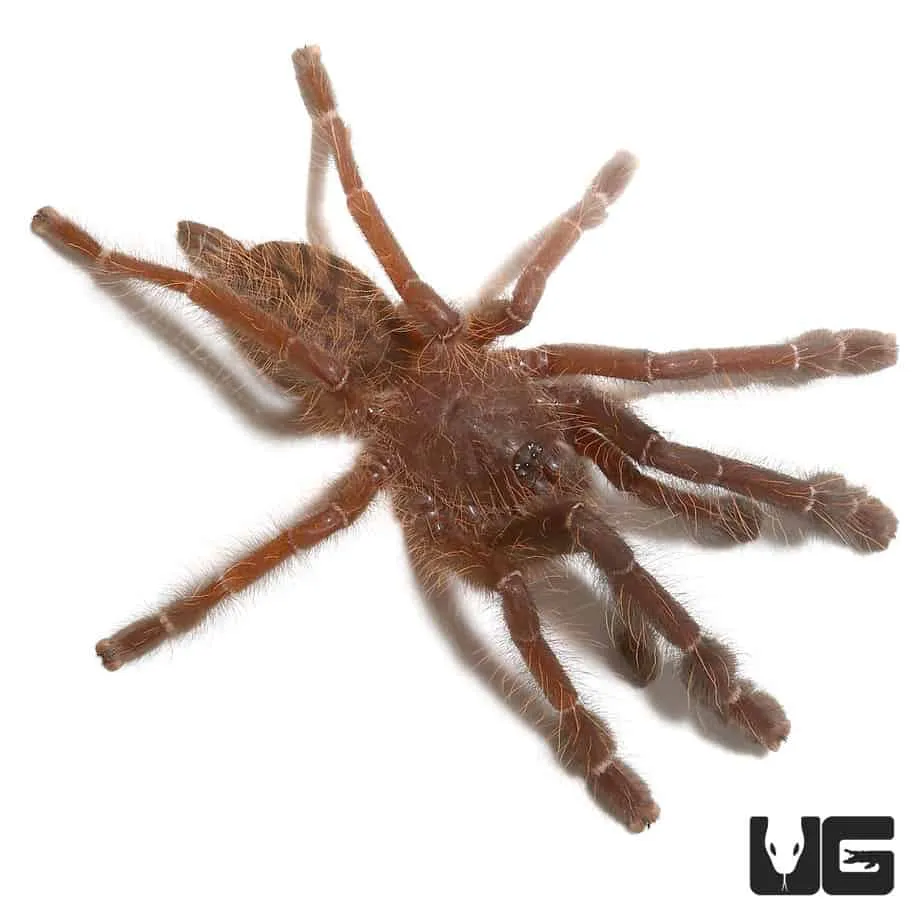
Pulau Ubin features several types of habitats that tarantulas favor. These include secondary forests, mangroves, and abandoned quarries. These areas provide distinct environments with varying levels of moisture and shelter. You’ll find tarantulas burrowing in the sandy soil or amongst the roots of plants, especially near the edges of these habitats. The mix of habitats makes Pulau Ubin an excellent location to find different species. This diverse environment adds to the island’s overall biodiversity, which, in turn, influences tarantula populations.
Precautions and Safety Tips
When visiting Pulau Ubin, wear appropriate footwear, and be prepared for variable terrain. Be aware of the potential for other wildlife encounters, such as snakes and wild boars. It’s wise to go with a buddy, as help may not be instantly available if there’s a problem. Always maintain a safe distance from any tarantula you find and never attempt to handle them. Finally, inform someone of your plans and expected return time. Always respect the natural habitat. Be aware of the tide if exploring coastal areas.
Labrador Nature Reserve
Labrador Nature Reserve, located along Singapore’s southern coast, provides a different perspective on tarantula habitats. Although smaller than Bukit Timah and the Central Catchment Nature Reserve, it provides the opportunity to observe tarantulas in a coastal environment. The blend of coastal scrub, secondary forest, and rocky shores creates interesting conditions for observing different species. (Image: labrador-tarantula.webp)
Exploring Coastal Habitats
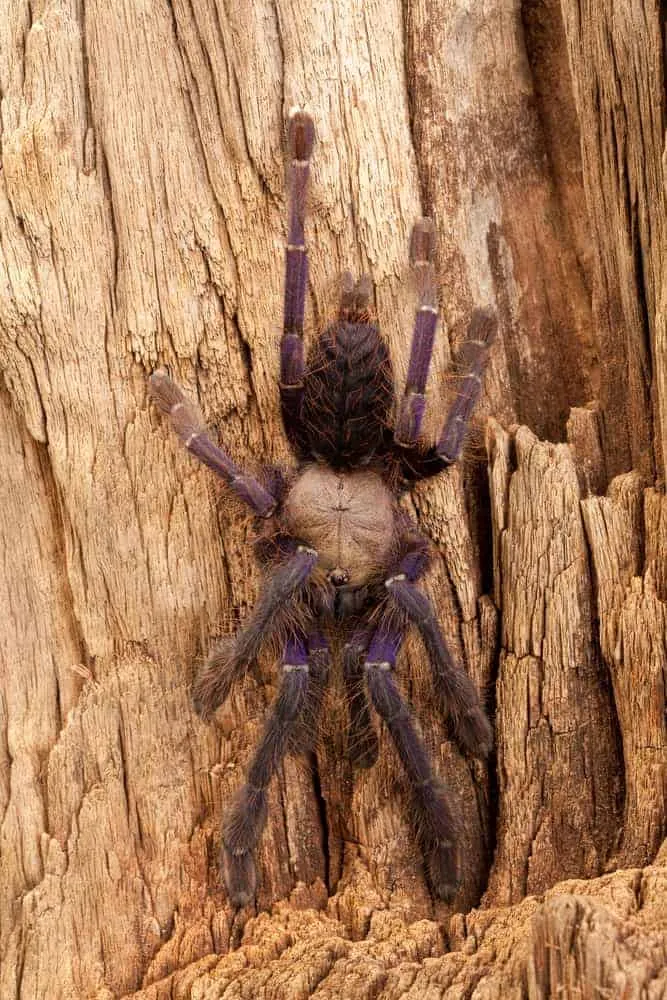
In Labrador Nature Reserve, tarantulas may be found in areas with a mix of dense vegetation and rocky outcrops. Coastal habitats provide unique conditions, with varying levels of humidity and exposure to the elements. The area is an excellent spot to view spiders that are more adapted to warmer climates. Keep an eye out for burrows in the soil near the base of trees or under rocks. Careful observation of the surroundings is critical to successful spotting.
Potential Tarantula Species
The species of tarantulas you might find in Labrador Nature Reserve can vary depending on the specific habitats. Some may be more adapted to the drier, sunnier conditions of the coastal scrub. Studying local field guides can help with species identification and knowing where to look. Remember that each species has its preferred type of shelter and behavior. Always approach any possible sighting with caution and respect.
Sungei Buloh Wetland Reserve
Sungei Buloh Wetland Reserve, renowned for its rich biodiversity and migratory bird populations, offers another distinct environment for tarantula observation. This nature reserve is the ideal example of a wetland ecosystem and provides a very specific set of conditions for a wide variety of species. Although the presence of tarantulas is less common here than in forest reserves, they can sometimes be found in areas where the ecosystem is right. (Image: sungei-buloh-tarantula.webp)
Tarantulas and the Wetland Ecosystem
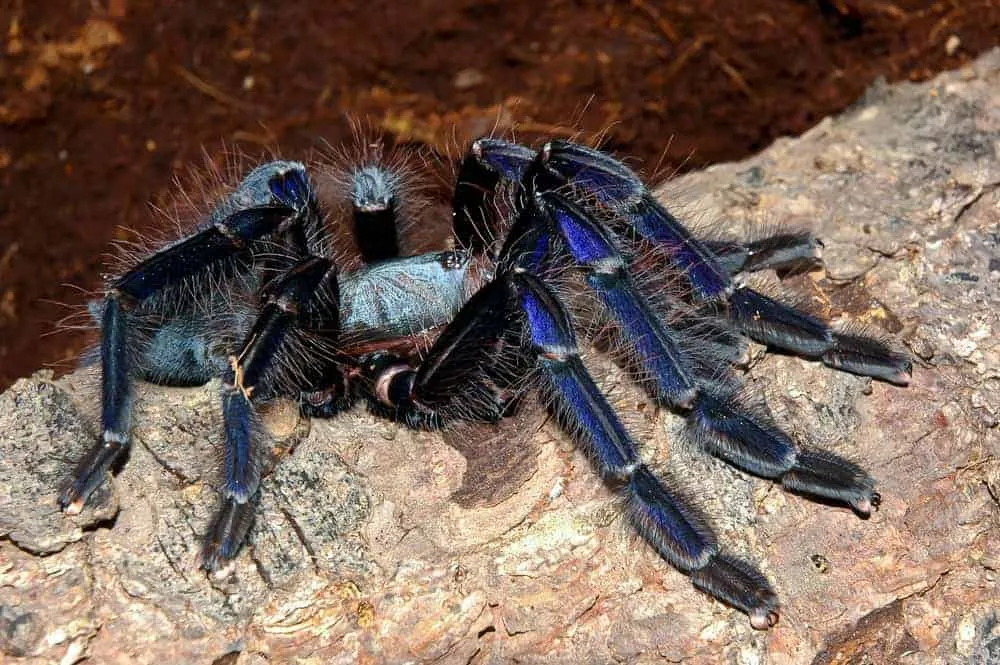
In the wetland environment, tarantulas may be found in the transitional zones between the mangroves and the higher ground. These zones offer the required level of shelter and moisture, and they may be a good place to search for tarantulas. The type of species one might find is likely to have adapted to this unique ecosystem. Observe the banks and the bases of the trees along the waterways for signs of burrowing. Observing the behavior and habitat helps to understand the different species’ survival.
Best Viewing Points
The boardwalks and trails in Sungei Buloh Wetland Reserve offer accessible viewing points. While wandering through the reserve, focus on the areas of transitional habitat. Bringing binoculars can help in spotting distant tarantulas. Remember that patience and careful observation are critical. This can also mean you may be lucky enough to observe other types of wildlife that share the same habitat. Consider visiting during drier periods.
Finding tarantulas in Singapore is a rewarding experience for nature lovers and wildlife enthusiasts. By exploring these top 5 spots, you will increase your chances of seeing these fascinating creatures. Remember to prioritize safety and respect the environment. Happy spider hunting!
Conclusion
Exploring the natural habitats of Singapore can bring amazing discoveries, from the dense forests to the coastal reserves. As you go on your adventure, you will discover the variety of life that exists in Singapore. Always maintain a safe distance, stay on marked paths, and avoid disturbing their habitats. With patience and respect, you can enjoy the beauty and mystery of these amazing creatures. (Image: tarantula-identification.webp) (Image: tarantula-watching-tips.webp)
